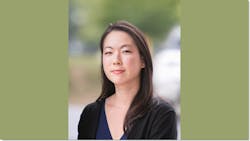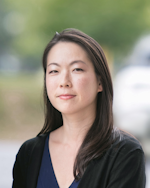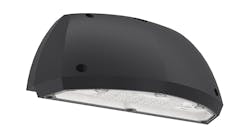When I was approached to become the editorial director of LEDs Magazine (and its sister publication Smart Buildings Technology), I hesitated. While LEDs’ former and beloved editor-in-chief Maury Wright and I are both engineers-turned-journalists, our common juxtaposition of uncommonly juxtaposed careers does not translate into shared areas of expertise. Just as science encompasses a swath of disciplines, from aeronautics to zoology, engineering takes many forms. Sure, most engineers likely take a similar dose of calculus in our early college years, but that path soon splinters to our specific pursuits.
Maury’s background was in electrical engineering, a discipline with clear, direct ties to solid-state lighting. I studied civil engineering, a field that concentrates on objects decidedly on the macro level. Then I wondered whether which type of engineering I studied actually mattered since, after many years removed from the technical aspects of the profession, I probably couldn’t specify a concrete mix without significant lead time.
However, the foundational skills I learned in engineering are still there: listening and questioning; information distillation; objective analysis and reporting; acknowledging the known and unknown; and recognizing an unmet need.
Needless to say, I accepted the position of editorial director and began at Endeavor Business Media, LEDs’ publisher, in January. I have a lot to learn and re-learn about LED technology, products, and applications, as well the lighting industry itself. As I streamed the Department of Energy’s Solid-State Lighting workshop held Jan. 31 to Feb. 3, I was relieved to see several familiar names and terms from my years as an editor at Architectural Lighting, helmed by Elizabeth Donoff, and at Architect, the official journal of the American Institute of Architects. LED technology has advanced significantly since I last covered issues of flicker and dimming and its burgeoning potential in Power over Ethernet and Internet of Things applications. Can I accurately explain circadian or horticultural lighting without a bit of research? Not yet, but if my memory serves me correctly, the lighting community has always been helpful in explaining topics to interested parties.
Speaking of help, I am thrilled to have LEDs managing editor Carrie Meadows as a colleague and resource. Her experience covering the lighting industry and the making of the magazine itself are largely why this transition has been as smooth as it has been. I can the say the same of LEDs’ longstanding contributor Mark Halper, whose pulse on technical developments and the lighting business is unparalleled. The magazine also wouldn’t exist without my new colleagues in everything from design to publishing, sales, production, marketing, and development.
What’s left for me to do? As the newcomer, I plan to take an impartial dive into our research and analytics to see what stories and topics are resonating with our readers; bring fresh eyes to the magazine content and layout; and experiment without, I hope, breaking things that have proven to work. I will also be fervently reading and attending educational events to learn the fundamentals and the state-of-the-art in solid-state lighting.
Most of all, I hope to hear from you, our audience. Whether you are a dedicated reader, frequent contributor, or someone who happened upon an article and wants to learn more about all things LEDs, send your ideas and help us shape the direction of LEDs Magazine.
Wanda Lau
Editorial director






